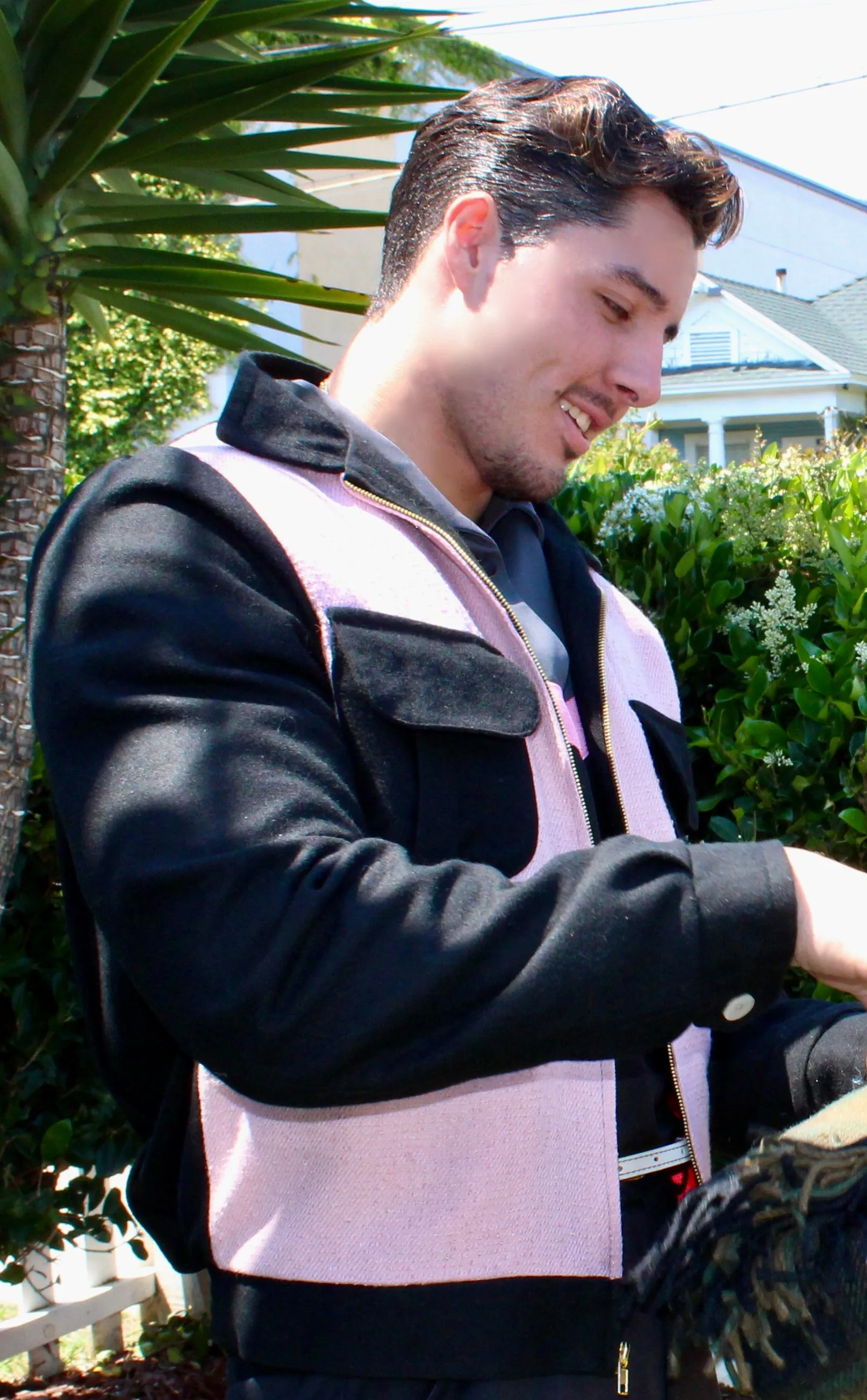The world of tarantulas can be fascinating, and the convenience of a tarantula shop online has made it easier than ever to bring these intriguing creatures into your home. However, purchasing a tarantula online requires careful consideration to ensure you get a healthy spider from a reputable source. This guide will walk you through the five essential steps to buying a tarantula online, helping you navigate the process safely and successfully. From finding a trustworthy seller to setting up the perfect habitat, you’ll be well-prepared to welcome your new eight-legged friend. Following these steps can improve your chances of acquiring a healthy tarantula and providing it with a suitable environment in which to thrive. Remember to always prioritize the health and well-being of the tarantula, and be prepared to do your research.
Finding a Reputable Tarantula Shop Online
The first and most crucial step is finding a trustworthy tarantula shop online. The internet is filled with sellers, but not all are created equal. Some may prioritize profit over the health of their spiders, while others may lack the experience or knowledge to properly care for and ship these delicate creatures. Finding a reputable seller is the key to a successful purchase and a happy tarantula. Start by using search engines to identify potential shops. Look for those with a professional website, clear contact information, and a dedicated focus on arachnids. Avoid shops that seem generic or that offer a wide variety of animals, as they may not specialize in tarantulas. Focus on those that have a dedicated focus on arachnids and are willing to answer your questions about care, origins, and their business practices.
Researching Online Tarantula Sellers
Once you’ve identified potential sellers, the next step is to conduct thorough research. This involves diving deep into their online presence to assess their legitimacy and reliability. Examine their website carefully, paying attention to the quality of information provided, the clarity of their policies, and the overall professionalism of their presentation. A reputable seller will have detailed care sheets, clear pricing, and a commitment to customer satisfaction. Check for contact information, including a physical address and phone number, and verify that the seller is responsive to inquiries. Pay close attention to the images and videos of the tarantulas. Make sure they look healthy and are kept in a clean environment. Assess whether the seller is actively engaged with the tarantula community or isolated and unresponsive to customer questions or concerns.
Reading Customer Reviews and Testimonials

Customer reviews and testimonials are invaluable resources when evaluating an online tarantula shop. They offer firsthand insights into the experiences of other buyers, providing crucial information about the seller’s reputation and the quality of their service. Search for reviews on various platforms, including the shop’s website, social media pages, and third-party review sites. Pay close attention to the consistency of positive and negative feedback. Look for patterns in the reviews, such as recurring complaints about the health of the tarantulas, the accuracy of descriptions, or the responsiveness of the seller. Be wary of shops with a preponderance of negative reviews, as this could indicate underlying problems. A good reputation is a key indicator of a reliable shop, so take time to carefully analyze the feedback from past customers before making any decisions.
Checking Seller Certifications and Guarantees
Reputable tarantula shops often provide certifications or guarantees. These assurances offer customers greater peace of mind and demonstrate the seller’s commitment to quality and animal welfare. Look for certifications from relevant organizations, such as those that verify the seller’s knowledge and experience in tarantula care. Inquire about the seller’s health guarantees, and understand the conditions under which they are offered. Some sellers may guarantee the health of the tarantula for a specified period after purchase, or they might offer a live arrival guarantee, which ensures that the tarantula arrives in good condition. Read the terms and conditions of the guarantees carefully, and make sure you understand the seller’s policies regarding refunds, replacements, or returns. Keep a record of any communications with the seller, including emails, messages, and phone calls, as this can be helpful if you have any issues with your purchase.
Browsing the Tarantula Selection
Once you’ve found a reputable shop, it’s time to browse their selection. Many online tarantula shops offer a wide variety of species, ranging from the popular to the more exotic. As you browse, pay attention to the clarity and accuracy of the descriptions. The best sellers will provide detailed information about each tarantula, including its scientific name, size, temperament, origin, and care requirements. They should also include high-quality photos or videos of the tarantulas, allowing you to get a good look at their appearance and health. Look for a shop that provides transparent information about the tarantulas’ origins, such as whether they are captive-bred or wild-caught. Captive-bred tarantulas are typically healthier and better adapted to life in captivity. Be sure that the shop provides adequate details on the spider’s molting history, feeding habits, and any known medical history.
Considering Different Tarantula Species

The world of tarantulas is vast and diverse, with hundreds of different species to choose from. Each species has unique characteristics, including its size, color, temperament, and care requirements. Before making your purchase, take the time to research the various species available and select one that suits your experience level and lifestyle. Some species are known for being docile and easy to handle, making them ideal for beginners. Others are more defensive or require specific environmental conditions, making them better suited for experienced keepers. Consider factors such as the tarantula’s size, lifespan, and activity level, and make sure you can provide the necessary care and habitat. It’s important to thoroughly research the tarantula species you’re interested in, considering aspects such as its dietary needs, preferred humidity and temperature, and its potential to be defensive or venomous. This will give you the knowledge needed to provide for the spider’s welfare.
Understanding Tarantula Prices
Tarantula prices vary depending on several factors, including the species, size, rarity, and origin of the spider. Rare or unusual species often command higher prices than more common ones. Similarly, larger or more mature tarantulas may be more expensive than smaller ones. Keep in mind that the price of a tarantula is just one part of the overall cost of ownership. You’ll also need to factor in the cost of the habitat, substrate, decorations, and food. As you browse different shops, compare prices and look for any potential red flags. Extremely low prices could be a sign of a less reputable seller, or they might indicate that the tarantulas are not being properly cared for. Make sure that the price includes all necessary fees, such as shipping costs and any applicable taxes. In addition to the initial purchase price, be prepared to allocate funds for ongoing expenses, such as the purchase of live feeder insects and the replacement of substrate and other supplies.
Understanding the Shipping Process
Shipping tarantulas is a delicate process that requires careful planning and execution. The shipping process can be stressful for the tarantula, so it’s important to understand how the seller prepares the spider for transit and what to expect during shipping. Reputable sellers typically have specific procedures in place to ensure the safety and well-being of the tarantulas during shipping. They should use insulated packaging, appropriate ventilation, and heating or cooling packs as needed, depending on the weather conditions. Inquire about the seller’s shipping methods, including the carrier they use, the estimated delivery time, and the tracking information. Make sure the seller provides tracking details so that you can monitor the progress of the shipment and be available to receive the package when it arrives. This is crucial to minimize the time that the tarantula spends in transit.
Seller’s Packaging and Shipping Methods

The packaging and shipping methods used by the seller are critical to the tarantula’s survival during transit. The seller must ensure that the tarantula is securely housed in a container that prevents escape and protects it from injury. The container should be appropriately sized to allow for some movement but not so large that the tarantula can be tossed around during shipping. The seller will often use a small deli cup or similar container. Proper ventilation is essential, but the container should prevent the tarantula from being exposed to drafts or extreme temperatures. Insulation, using materials such as Styrofoam or bubble wrap, is frequently used to protect against temperature fluctuations. Heating or cooling packs are used to maintain an optimal temperature range depending on the weather and the tarantula’s needs. Before completing your purchase, ask about the seller’s specific packaging and shipping methods. Also, verify that the seller is familiar with the carrier’s policies for shipping live animals.
Shipping Regulations and Legal Considerations
Before purchasing a tarantula online, it’s essential to be aware of any shipping regulations and legal considerations. The regulations vary by state and sometimes by locality, so it is vital to familiarize yourself with the relevant laws in your area. Some states and regions have restrictions on which species of tarantulas can be owned or imported. Other regulations might pertain to the packaging, labeling, or transport of live animals. Ensure that the seller complies with all applicable laws and regulations, and make sure you are also in compliance with the rules in your area. Failure to comply with shipping regulations could result in the seizure of the tarantula, fines, or other legal penalties. Prior to making a purchase, confirm that the seller is licensed to ship tarantulas to your location. Check with the seller to make sure they are familiar with the laws. For example, some tarantula species are protected by international conventions, such as CITES, and may require special permits for import or export.
Completing Your Online Tarantula Purchase
Once you have researched a seller, browsed their selection, and understand the shipping process, you’re ready to complete your online tarantula purchase. Ensure that you have a clear understanding of the seller’s policies regarding refunds, replacements, and returns. This is very important in the event that the tarantula arrives dead on arrival (DOA) or is otherwise not as described. Confirm all the details of the order, including the species, size, and sex of the tarantula, as well as the shipping address and delivery date. Double-check all the details before submitting your order. Make sure you’re fully aware of any potential risks involved, and consider your ability to properly care for the tarantula before making the final purchase. If you’re uncertain, reach out to the seller for clarification or seek advice from experienced keepers.
Creating an Account and Providing Information

Many online tarantula shops require you to create an account before making a purchase. This allows the seller to securely manage your order and keep track of your contact information. When creating an account, provide accurate and up-to-date information, including your name, address, email address, and phone number. Some sellers might require additional information, such as your age or experience level. Provide honest and accurate information, and be prepared to answer any questions the seller may have. Be mindful of the security of your account and select a strong password. Consider the seller’s privacy policy, and make sure you understand how your personal information will be used. Review the seller’s website’s privacy policy to confirm that your data is protected.
Choosing Payment Methods and Security
When buying a tarantula online, it’s essential to choose a secure payment method to protect your financial information. Reputable sellers typically offer various payment options, including credit cards, debit cards, and online payment services like PayPal. Avoid sellers that only accept less secure payment methods, such as wire transfers or money orders. When entering your payment information, make sure the website uses a secure connection, indicated by “https” in the address bar and a padlock icon. Also, confirm that the seller offers a secure checkout process that encrypts your data. Review the seller’s payment security policies, and verify that they comply with industry standards. Consider using a credit card for your purchase. Credit cards often offer additional protection against fraud, allowing you to dispute charges if the product isn’t received as described or if the seller fails to deliver the tarantula. If you’re concerned about the security of your payment, you might also consider using a virtual credit card or a single-use card for your purchase.
Receiving and Inspecting Your Tarantula
Once your tarantula arrives, take the time to carefully inspect it. This is a critical step in ensuring its health and well-being. Unpack the package immediately upon arrival and examine the shipping container for any signs of damage. Open the container in a well-lit area and carefully remove the tarantula. Inspect the spider for any signs of injury, such as missing legs, damage to the abdomen, or unusual behavior. Look for any signs of illness, such as lethargy or a loss of appetite. Examine the tarantula’s environment for any signs of temperature extremes, dehydration, or improper ventilation. If you have any concerns about the tarantula’s condition, document your findings by taking photos or videos and contacting the seller immediately. Follow the seller’s instructions for any warranty or guarantee claims. The seller will usually require that you report any issues within a specific timeframe, so act quickly.
Quarantine and Acclimation

Upon receiving your new tarantula, the first step is quarantine and acclimation. This is an important period in which you allow the spider to settle into its new environment and monitor its health. This process also prevents the potential spread of any diseases or parasites. Place the tarantula in a temporary enclosure, such as a small container with ventilation and substrate, to give it a secure, stress-free area. Keep the enclosure in a quiet, stable environment away from drafts and direct sunlight. Provide access to fresh water, and monitor the tarantula’s behavior. Observe its activity level, appetite, and overall appearance. Avoid handling the tarantula during the quarantine period. Allow the tarantula to settle in for at least a week, or longer if necessary. The length of the quarantine period depends on various factors, including the tarantula’s species and its overall health.
Housing and Habitat Setup
After the quarantine and acclimation phase, you’ll need to set up a permanent habitat for your new tarantula. The habitat should be appropriate for the species, providing the right temperature, humidity, and substrate. The enclosure size should match the tarantula’s size. Ensure that the enclosure is escape-proof, as tarantulas are masters of escape. Use a substrate that is appropriate for the species and that allows the tarantula to burrow, climb, or hide as needed. Provide a water dish with fresh water and decorations, such as branches, rocks, or artificial plants, to create a natural and stimulating environment. Research the specific needs of the tarantula species you have purchased, including temperature, humidity, and lighting requirements. Maintain the proper humidity and temperature levels using a thermometer and hygrometer. Keep the enclosure clean and well-maintained, removing any uneaten food and waste. A well-designed habitat will provide the tarantula with a safe and comfortable environment, enhancing its overall well-being and extending its lifespan.
Buying a tarantula shop online can be a rewarding experience. By following these five easy steps, you can ensure a smooth, safe, and successful purchase. Remember to prioritize the health and well-being of the tarantula, and be prepared to provide the appropriate care and habitat. With careful research and a commitment to responsible ownership, you can enjoy the fascinating world of tarantulas for years to come.
